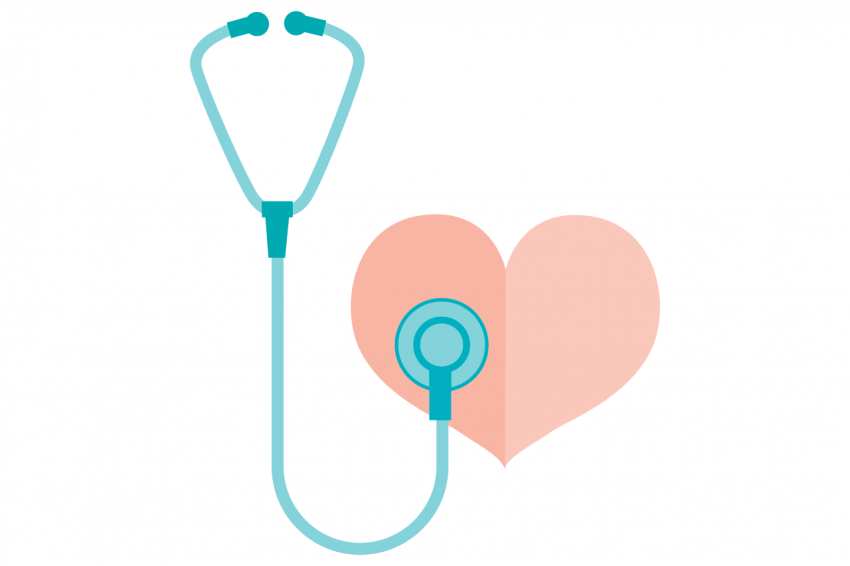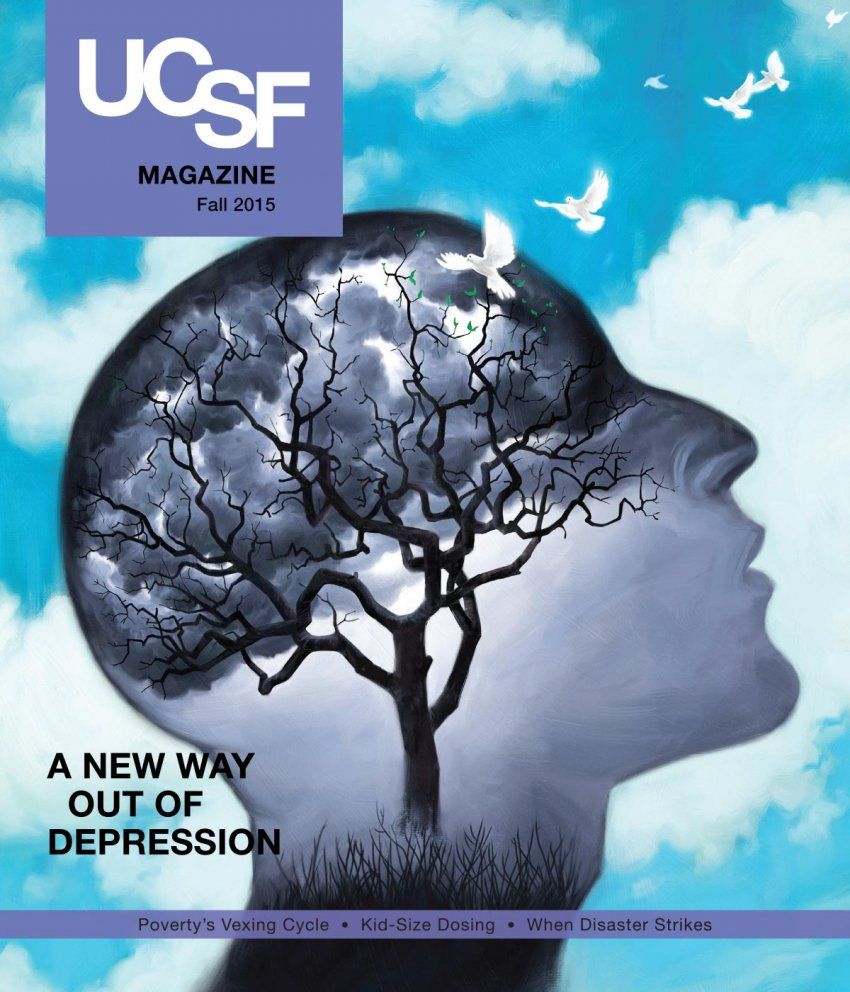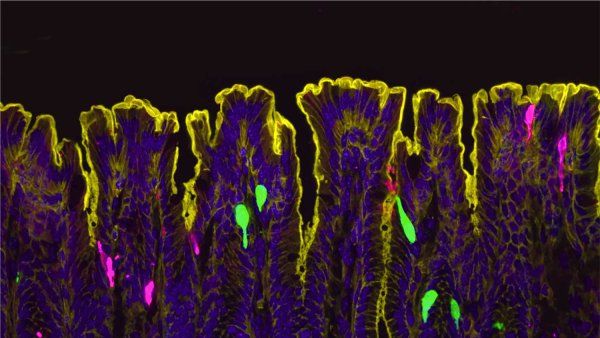
Women’s Heart Health
Q&A with cardiologist Anne Thorson

Illustration: Whanwhanai
Many people are unaware that cardiovascular disease is the leading cause of death in women over 40 and that it kills more women than men. “Heart disease is generally perceived as a condition that affects mostly men,” says cardiologist Anne Thorson, MD, an expert in women’s heart health. Yet one in three adult women has some form of heart disease, and once a woman reaches menopause her risk increases. Below, Thorson, associate director of the UCSF Center for Prevention of Heart and Vascular Disease, answers some frequently asked questions.
Do only older women need to worry about heart disease?
No. Women under age 65, especially those with a family history of heart disease, need to be aware of heart disease risk factors. Also, new research indicates that young women with pregnancy-related conditions such as preeclampsia (characterized by hypertension, or high blood pressure) or gestational diabetes may be at increased risk. Women of all ages should be aware of their risk for heart disease and learn what they can do to reduce their odds of it.
What are the risk factors for cardiovascular disease in women?
They are similar for women and men: high blood pressure, diabetes, high cholesterol, smoking, and a family history of heart disease. However, some of these factors play a larger role in the development of heart disease in women. For example, having diabetes or being a smoker increases the risk of heart disease for women more than it does for men. And mental stress or depression appear to adversely affect women’s hearts more than men’s. Also, women are more likely to be physically inactive than men – and inactivity is another risk factor for heart disease.
How do I know if I am having a heart attack?
The most common heart attack symptom for both women and men is a sensation of pain, pressure, or discomfort in the chest, possibly radiating to the left arm. However, women are more likely than men to have heart attack symptoms unrelated to chest pain, including shortness of breath; right arm pain; neck, jaw, shoulder, upper back, or abdominal discomfort; sweating; lightheadedness or dizziness; and unusual fatigue. Also, women’s symptoms may occur when they are resting. Since their symptoms can be subtler than chest pain, women frequently ignore or downplay them and go to the emergency room too late – after heart damage has occurred.
What can I do to prevent heart disease?
There are certain lifestyle changes anyone can make that will significantly reduce risk. For instance, adopt a diet low in saturated fat, cholesterol, and salt. Engage in moderate physical activity, 30 to 60 minutes at least five days per week. Don’t smoke and avoid secondhand smoke. Maintain a healthy weight. Work with your doctor to manage conditions that increase the likelihood of heart disease, including diabetes, hypertension, and high cholesterol. And if you are highly stressed, learn techniques for stress reduction.
If I am diagnosed with heart disease, what are my treatment options?
It depends on your personal circumstances and family history, but treatment could be lifestyle-related, such as an exercise program to lower your weight (if that’s a factor) and reduce stress, or pharmaceutical in nature, such as taking a blood thinner or a baby aspirin. Interestingly, in a recent study published in the journal HeartRhythm, researchers found that women diagnosed with atrial fibrillation – a common arrhythmia, or irregular heartbeat – were less likely than men to be prescribed blood-thinning medications by their doctors, even though women with this condition are known to be at a higher risk of stroke or heart attack than men.


